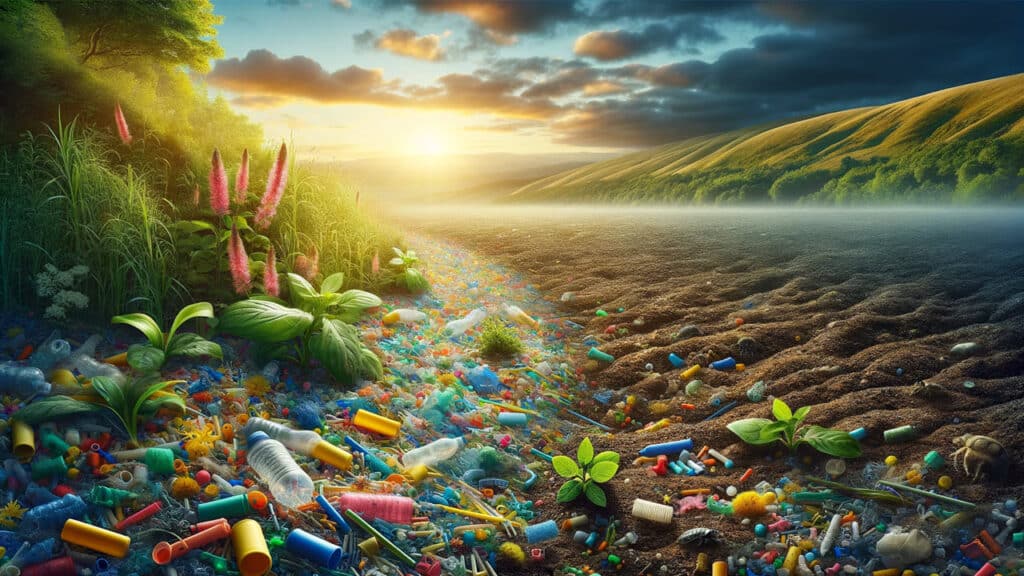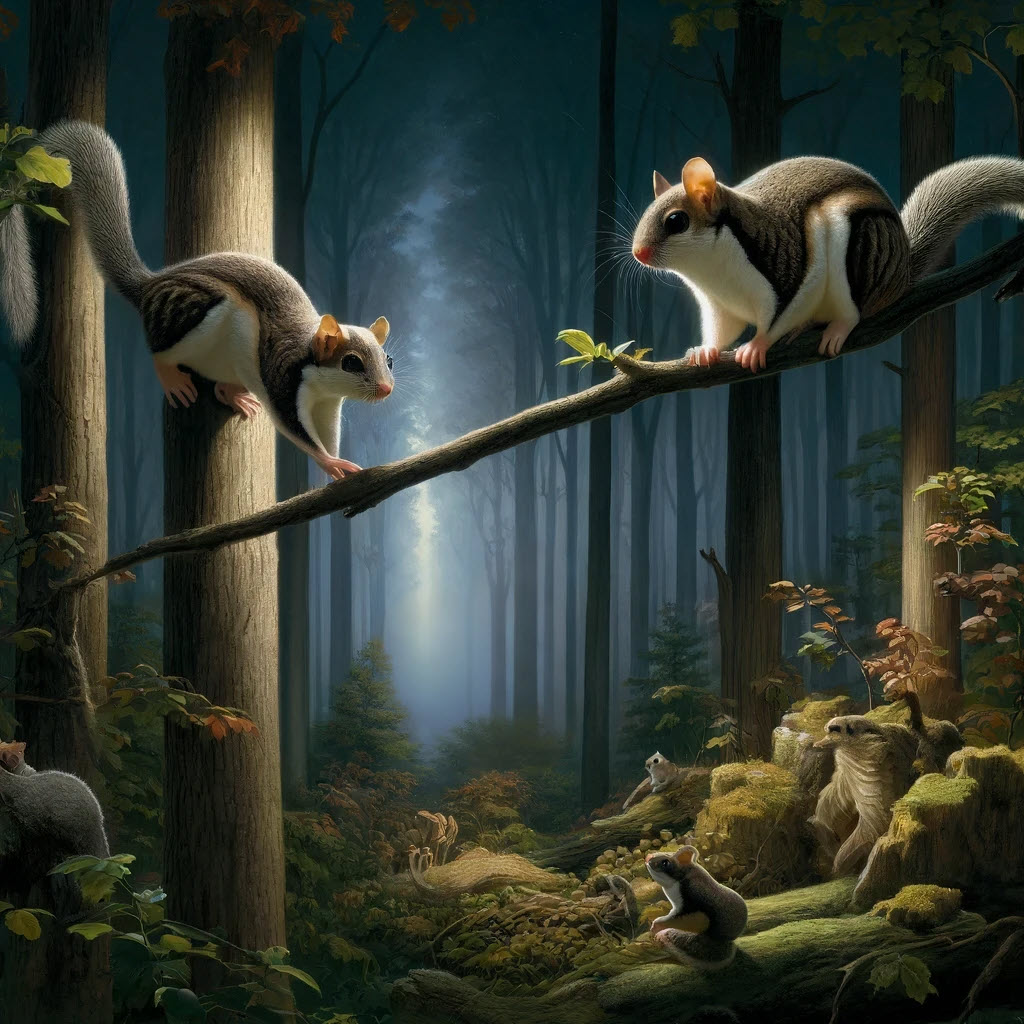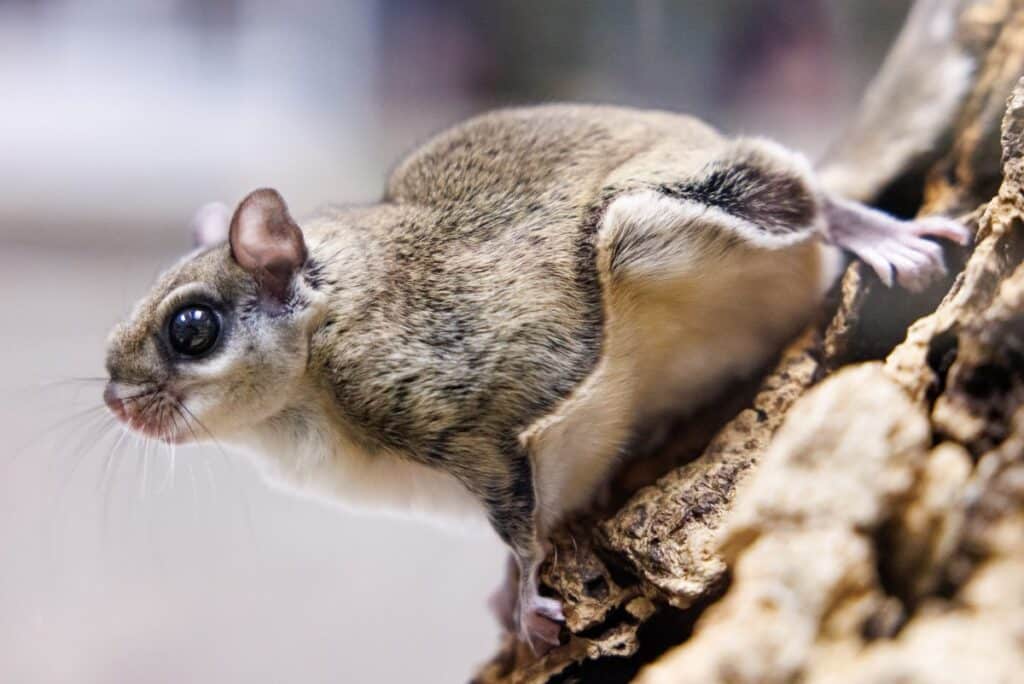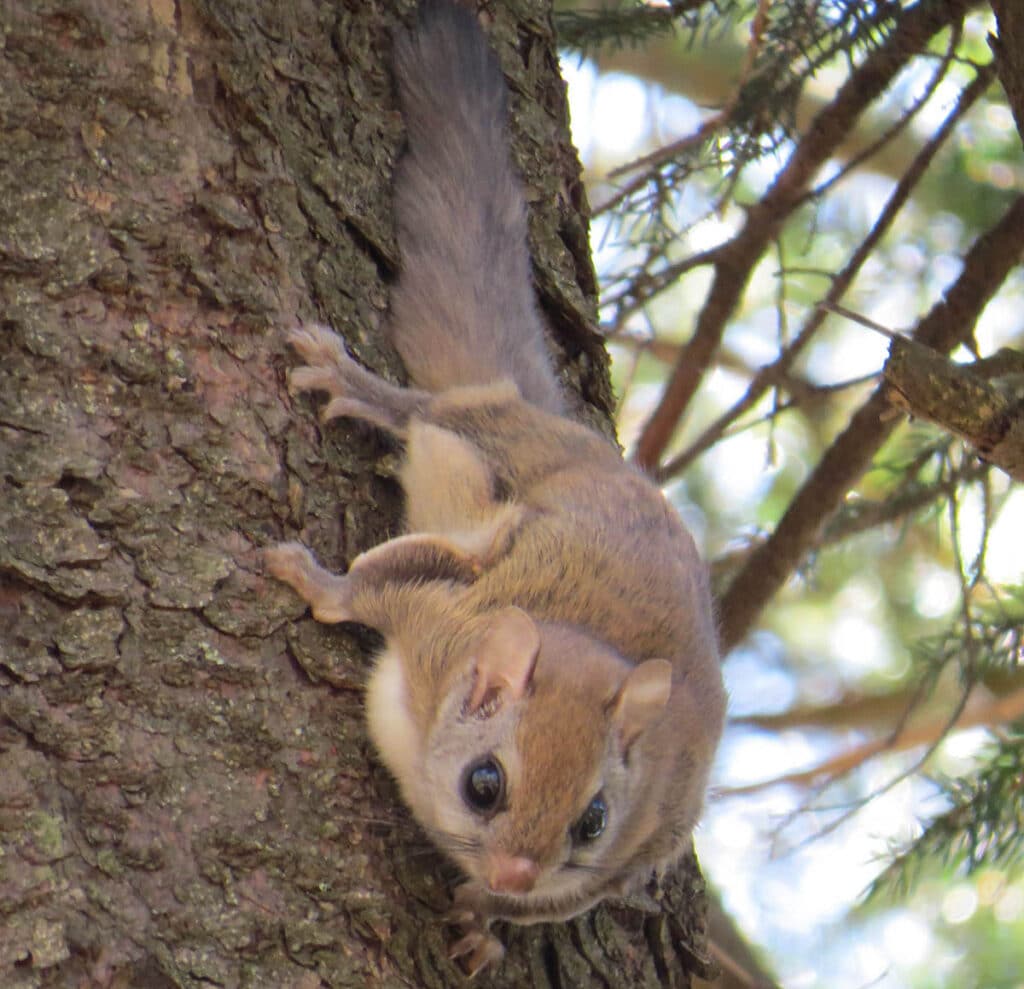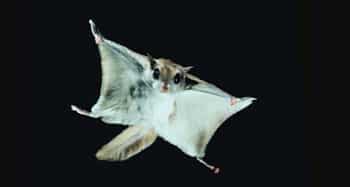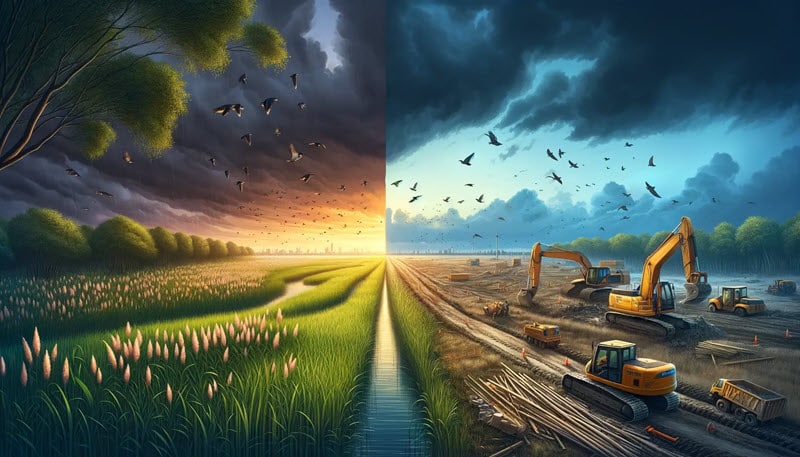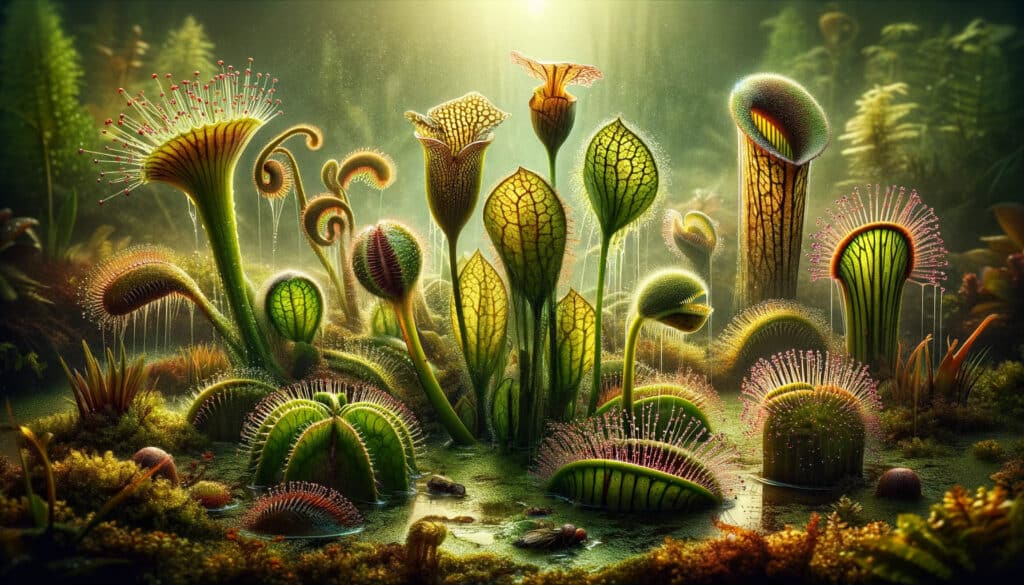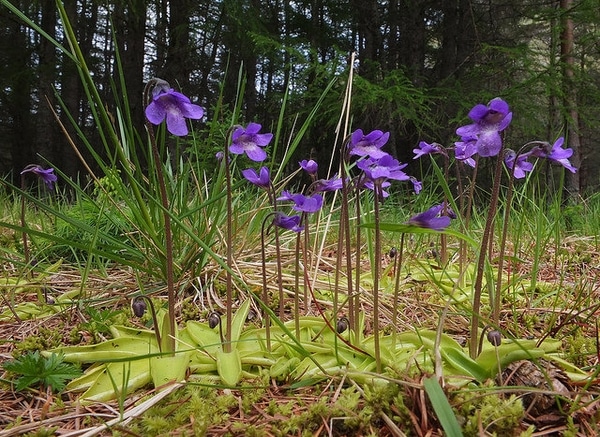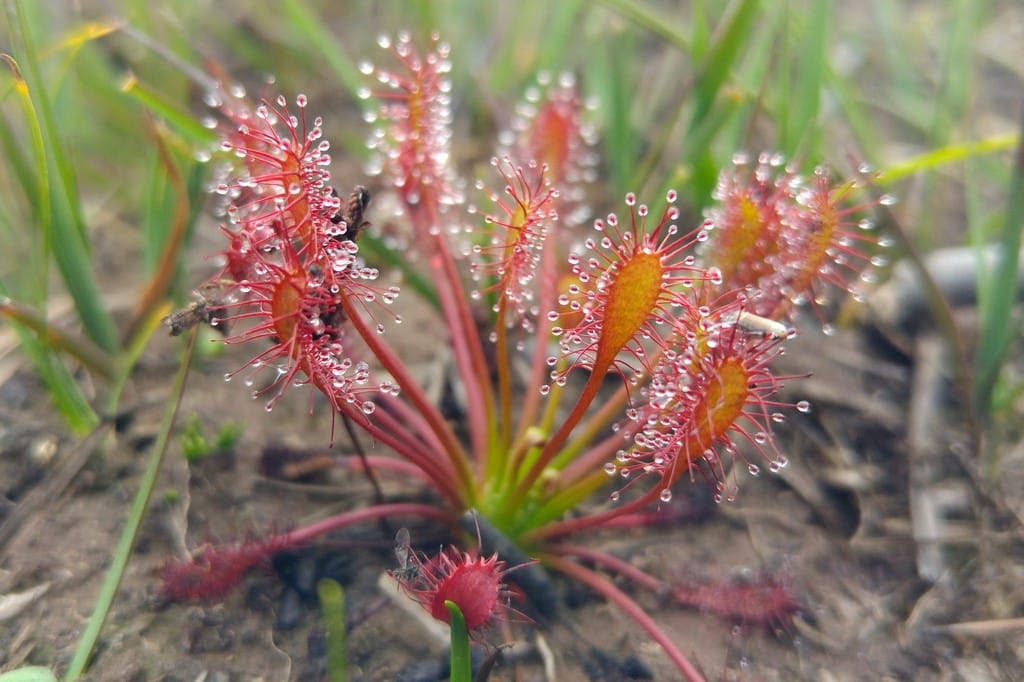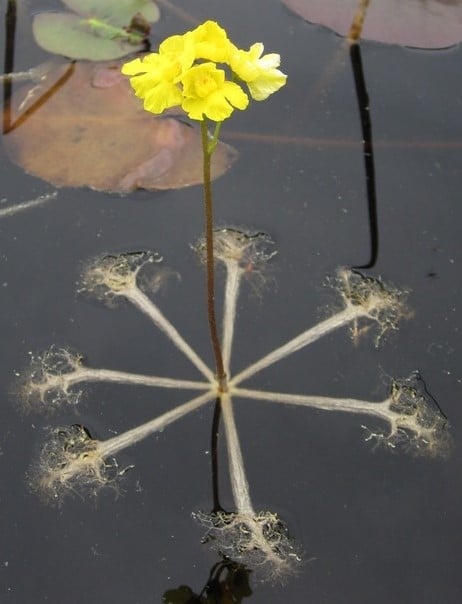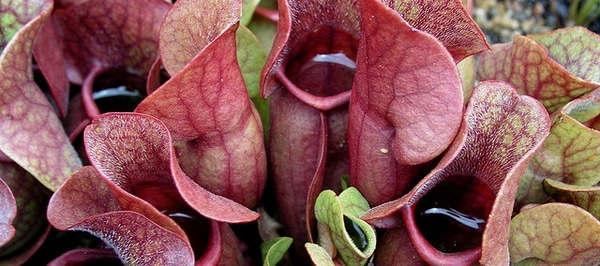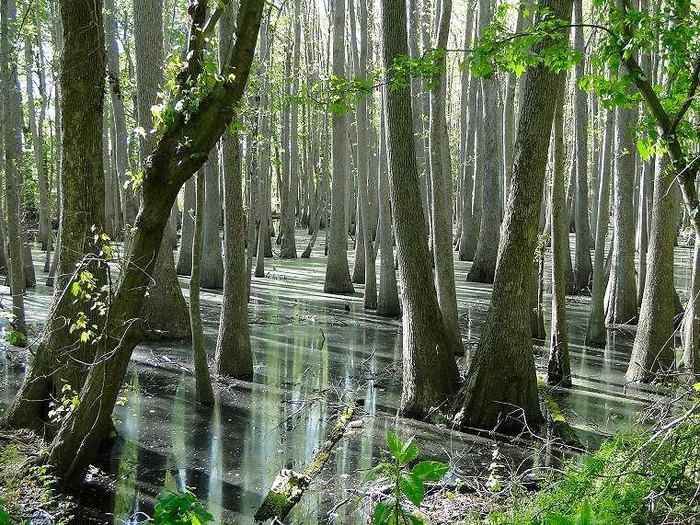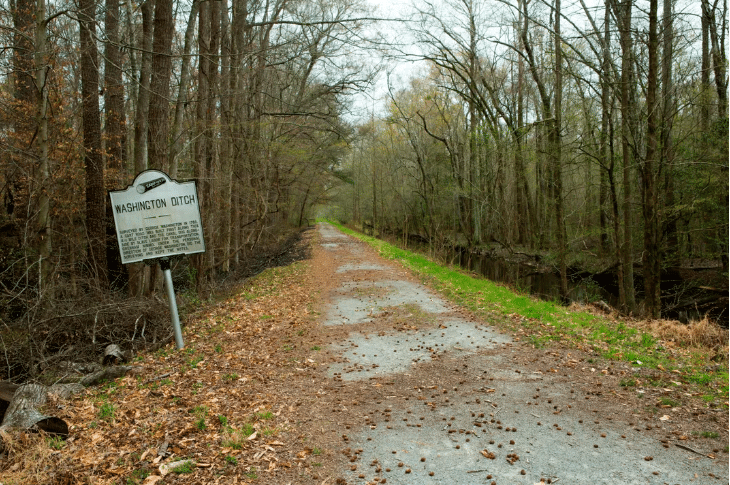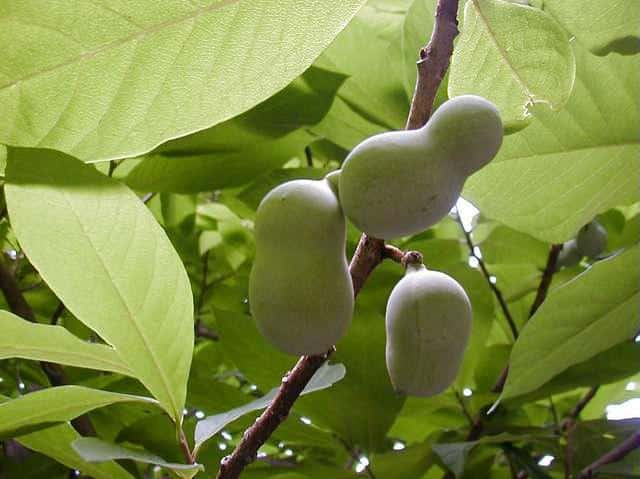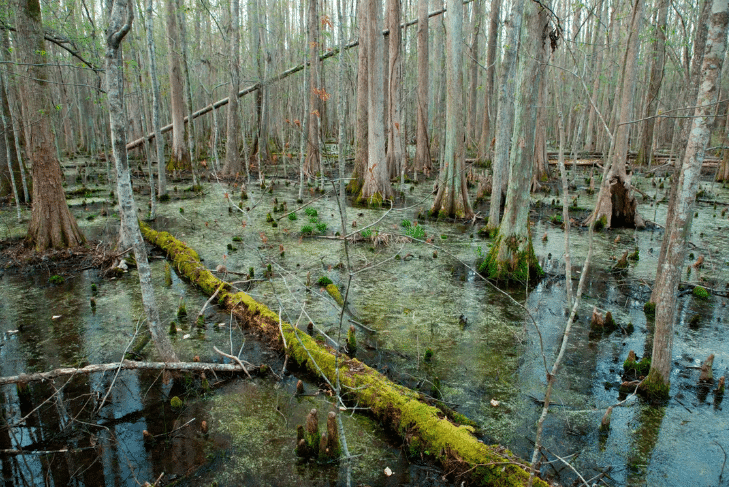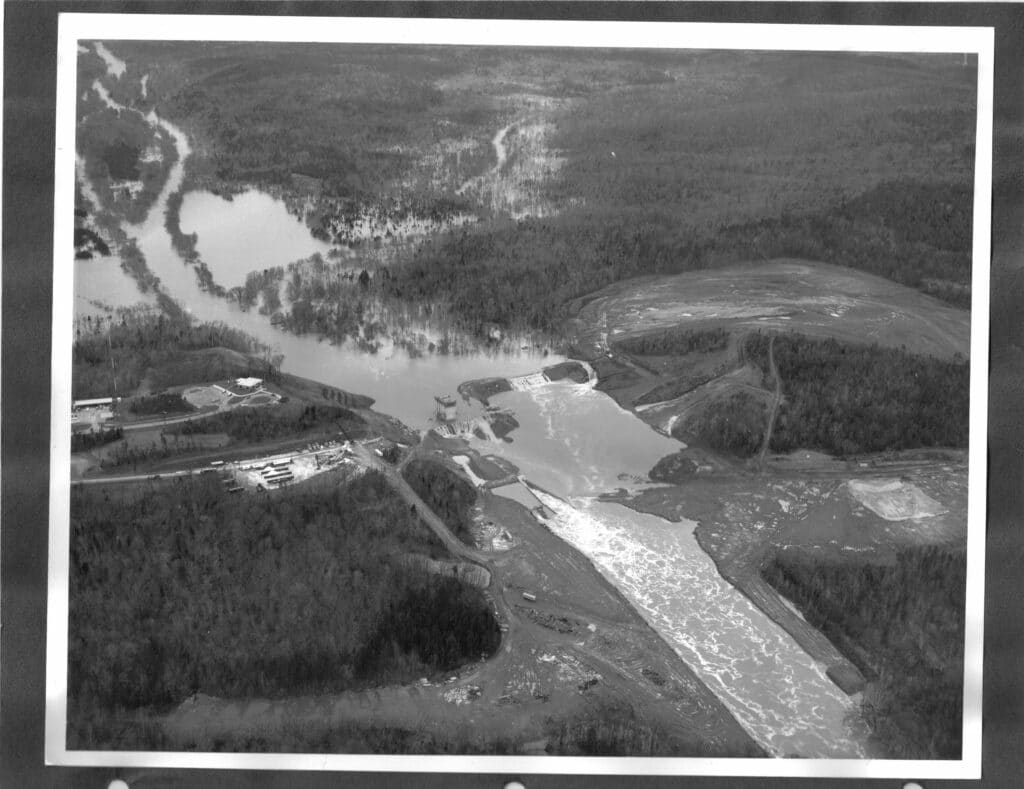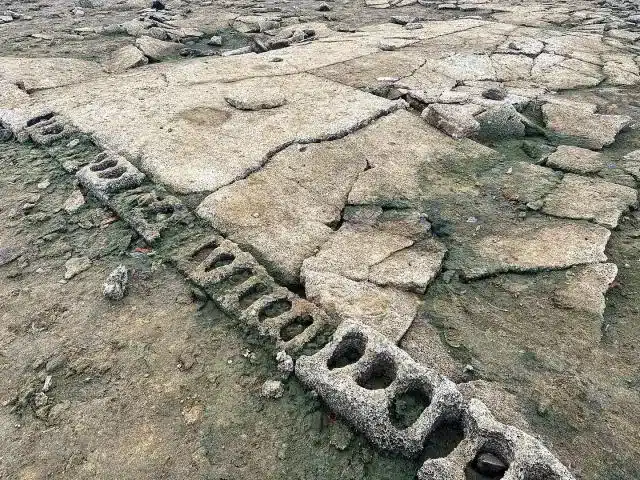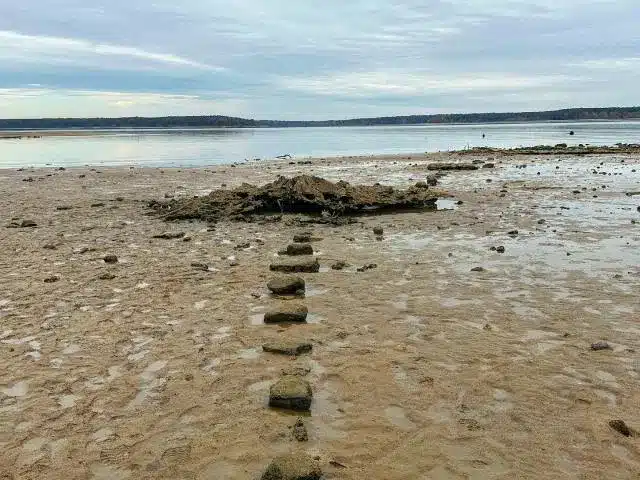The following blog post is a summary of the article State Rolling Back Regulations for Wetland Delineators under Youngkin Directive by Charlie Paullin, published in the Virginia Mercury on April 29, 2024. You can read the original article here.
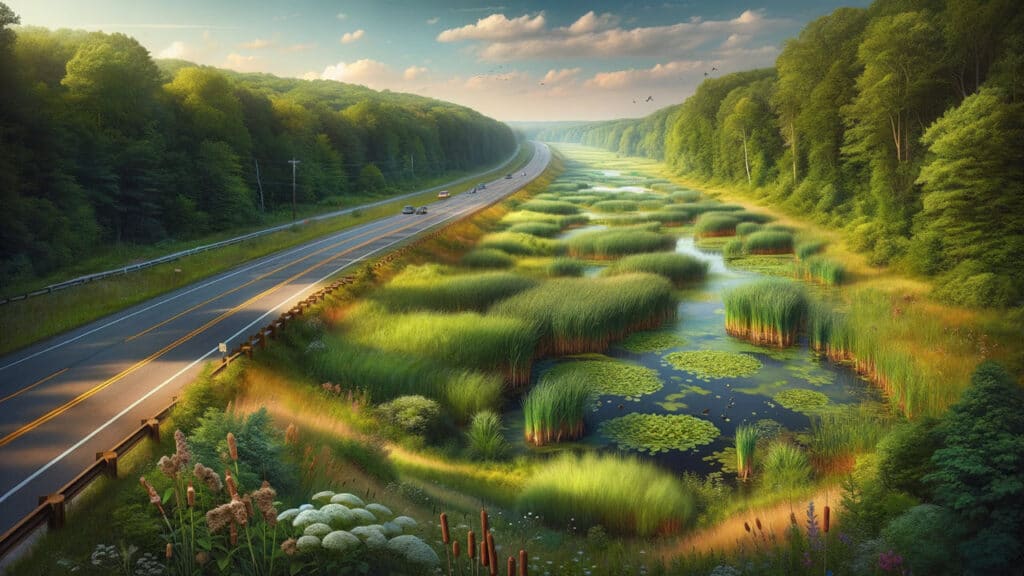
Wetlands along highways and properties, often mistaken for mere puddles or swamps, are significant natural resources that offer a myriad of environmental benefits, such as wildlife habitat and flood protection. These areas are assessed and categorized by professional wetland delineators, specialists who have undergone rigorous training and acquired years of experience to gain certification. However, recent legislative actions in Virginia have sparked concern regarding the potential dilution of these stringent certification standards. Virginia’s legislative body recently amended some requirements for professional wetland delineators, triggering concerns among current professionals about the potential degradation of certification quality. These professionals worry that the changes could undermine efforts to preserve these crucial natural environments, already at risk from various threats. Eli Wright, a notable environmental scientist, emphasized that the existing stringent requirements were essential to ensure high-quality, accurate delineations crucial for maintaining the integrity of wetland boundaries and for regulatory compliance.
Governor Glenn Youngkin has initiated these regulatory changes under Executive Order 19, aiming for a 25% reduction in state regulations. This broader initiative has affected various sectors, including cosmetology licensing and housing and community development standards. The administration argues that these reductions are part of a strategy to streamline regulations, claiming that a thorough economic analysis will precede any regulatory change to ensure the benefits outweigh the costs while maintaining essential public protections. However, these proposed changes have not been universally welcomed. Critics like Mary-Carson Stiff, head of the environmental non-profit Wetlands Watch, argue that reducing certification standards risks the quality of wetland delineations, potentially jeopardizing the environment and regulatory compliance. The legislative adjustments include reducing the required years of experience and educational prerequisites for delineators, a move opposed by many professionals who believe that extensive experience is crucial for accurate wetland identification and navigating the complex regulatory landscape.
Thaddeus J. Kraska, an environmental services director, noted that the variety of wetlands in Virginia, from coastal plains to mountainous terrains, presents unique challenges that require in-depth knowledge and experience to manage effectively. He highlighted that reducing educational and experience requirements could lead to poorer quality delineations, adversely affecting wetland conservation efforts and compliance with environmental regulations. In addition to professional concerns, the regulatory changes have practical implications for the development sector. Following a recent U.S. Supreme Court decision, Virginia’s Department of Environmental Quality has implemented a policy that prioritizes applications accompanied by delineations from certified professionals, emphasizing the importance of maintaining high standards in professional certification to expedite regulatory processes.
Despite some resistance, the Virginia Board of Professional Soil, Wetland Delineators, and Geologists is considering further regulatory reductions. These include modifying the requirements for references in certification applications, which some argue could weaken the mentorship and training aspects essential for high-quality professional development. The stakes are high, as wetlands are not only critical for environmental stability but also for regulatory and development processes. As the climate changes and sea levels rise, the accurate delineation of wetlands becomes increasingly vital. Wetlands are dynamic ecosystems, and their preservation is crucial not just for environmental health but also for reducing legal and financial risks associated with development. The ongoing regulatory changes in Virginia concerning professional wetland delineators are at the center of a significant debate. These changes could potentially lower the barriers to certification, risking the quality of wetland delineation, with far-reaching consequences for environmental protection, regulatory compliance, and development within the state.

